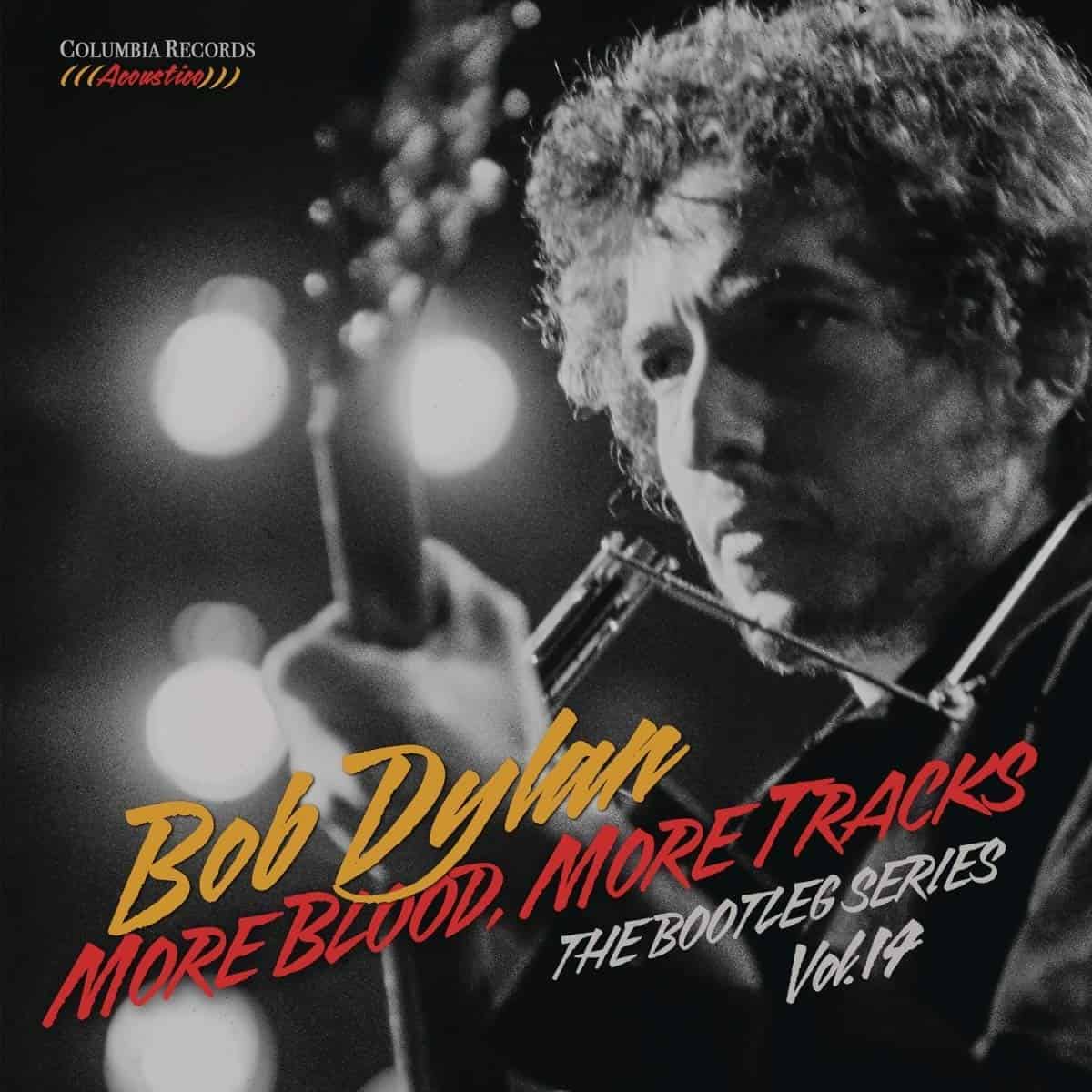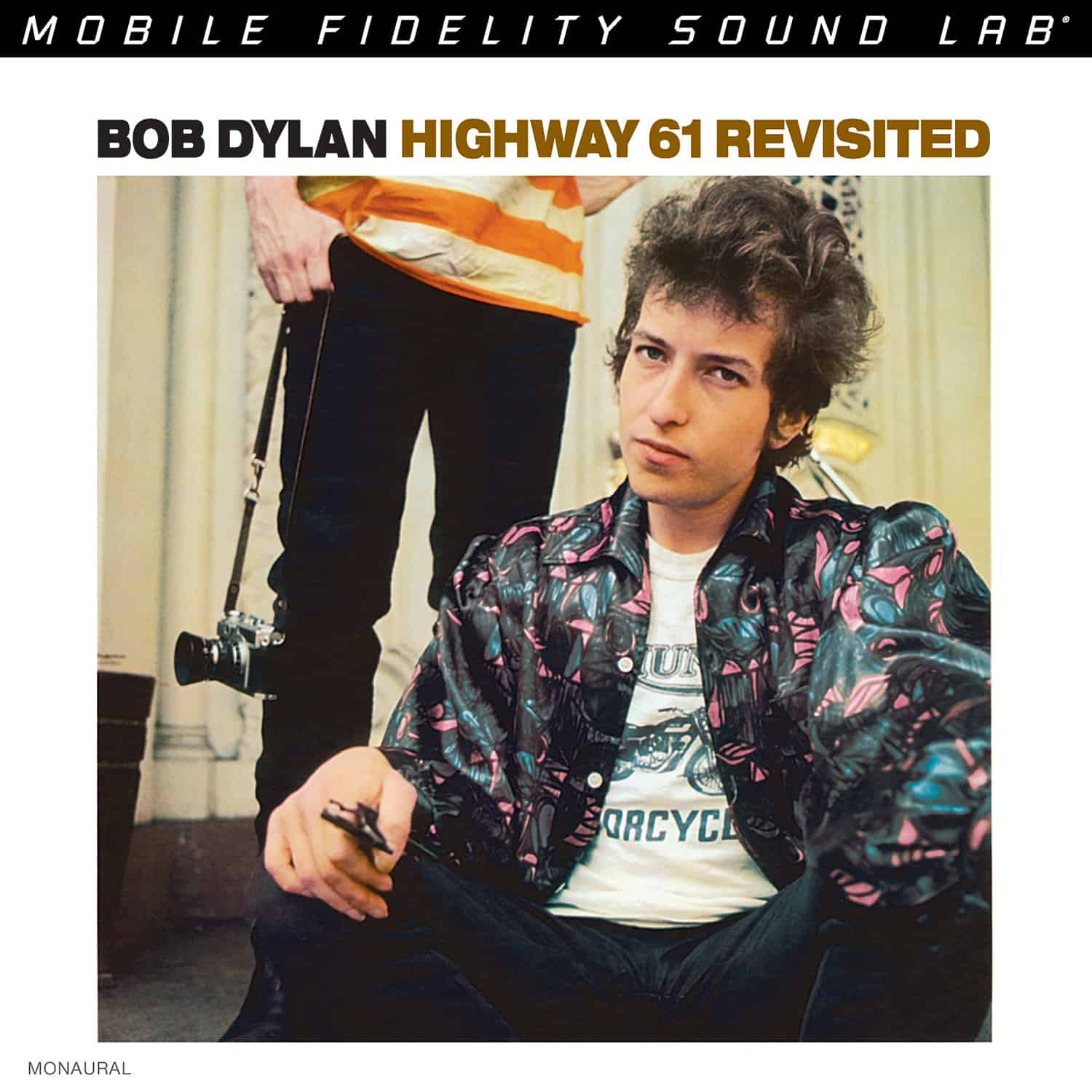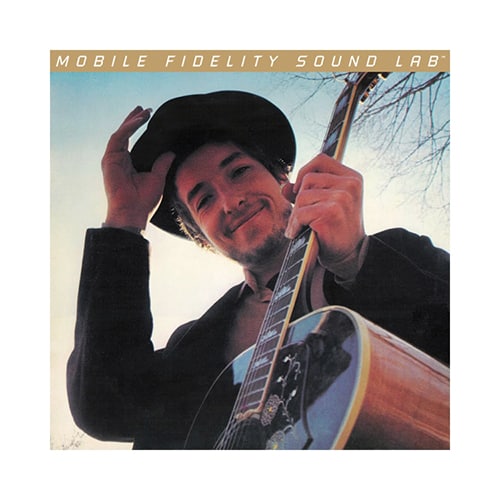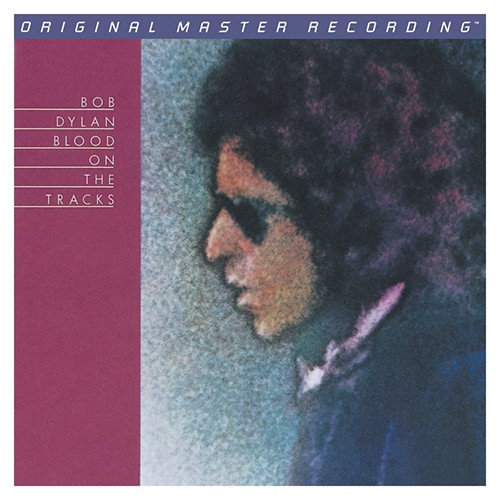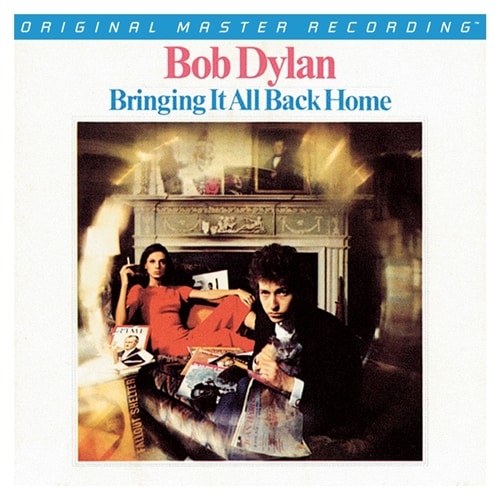Marketplace
2013 Mobile-Fidelity Sound Lab PRESSING
- Catalog Number MFSL 3-45009
- Release Year 2013
- Vinyl Mastering Engineer Krieg Wunderlich
- Pressing Weight 180g
- # of Disks 3
- Jacket Style Other
- 100% Analog Mastering Yes
- Pressing Plant RTI
- Stereo Yes
- Speed 45 RPM
- Original Release Year 1966
When listening to this album I think of this band or music:
The year 1966 comes roaring back. All the excitement of new, interesting music being created in the era—on a daily basis, it seemed—courses through Blonde on Blonde.
I would listen to this album while:
Doing nothing else. This album demands my full attention. It still reveals new things to me.
Music from this album would be a great soundtrack to this movie:
Any movie set in the mid-60s, but some of the album’s songs (e.g., “Just Like a Woman”) would work well in a film about the complexities of romance.
Upon release in 1966, Blonde on Blonde signified Bob Dylan’s third rock n’ roll album in less than 18 months. He recorded both Bringing It All Back Home and Highway 61 Revisited in 1965, and returned midway through the following year with this masterwork. The three aforementioned works not only inspired and liberated Dylan but had a profound impact on popular music.
Dylan began recording Blonde on Blonde in New York, but wasn’t satisfied with the results. At the suggestion of producer Bob Johnston, he switched to Columbia Records’ Studio A in Nashville. He brought Robbie Robertson and Al Kooper, who played on the New York sessions, with him, but the other instrumentalists were Nashville session guys.
Dylan challenged his cast by writing and arranging songs on the fly. The combination of the leader’s spontaneity and the session players’ professionalism helped mold an album that ranks with the all-time best. In contrast to the jagged rock feel of his previous two albums, a slightly more pronounced blues and country strain comes through here and shows Dylan’s talent for bringing nearly every kind of American music together into a seamless, unique whole.
Cut from the original master tapes, Mobile Fidelity’s 45RPM three-LP stereo version of Blonde on Blonde comes housed in a beautifully designed box. Krieg Wunderlich’s mastering expands the soundstage and reveals more layers of detail. I compared the Mobile Fidelity pressing to an early Columbia 360 stereo LP. Mobile Fidelity’s audiophile version immerses me more deeply in the music.
The drums and tambourine that open “Rainy Day Women #12 & 35” sound more substantial and lifelike on the new pressing, and the brass instruments have more timbral accuracy and focus. I can clearly visualize them in the soundstage. The voices talking behind Dylan, causing him to laugh on several occasions, are also easier to hear and add to the track’s festive, surreal mood.
The additional depth attained by Wunderlich’s mastering pays countless dividends. Robbie Robertson’s guitar emerges as more slicing and brutal on “Pledging My Time” and Henry Strzelecki’s bass comes out into the open to provide the song a stronger foundation. Dylan’s harmonica is richer in tone, too, yet still biting and powerful.
On “Visions of Johanna,” the snare-drum taps seem reserved on the older pressing but fully ring out here. Dylan’s acoustic guitar possesses an open, large sound and the electric-guitar strikes accompanying him are cleaner and sharper. Robertson’s lead-guitar lines cut through and jump out of the left channel. By extension, the guitar, piano, and organ lines on “I Want You” are easier to follow, with the triplets that lead into the chorus finely etched and vibrant.
Throughout, the musicians are now arrayed behind Dylan, whose voice conveys subtler emotions. He sounds more tender and expressive on “Sad Eyed Lady of the Lowlands” and “Just Like a Woman.” Instruments come across more naturally on every track. The high hat on “Sad Eyed Lady of the Lowlands” now sounds cheap and splashy on the original pressing, and, actually, the entire program on the Sony LP sounds constricted and flat compared to the dramatically more dynamic and revealing Mobile Fidelity set.
In some cases, I enjoy the amount of detail and space an audiophile pressing brings to a record I know well while, at the same time, miss the power and grit of the original version. But in this case, Mobile Fidelity has made Blonde on Blonde an even more compelling and moving experience. No small feat, that.
Blonde on Blonde
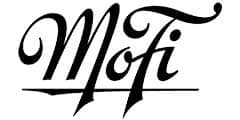
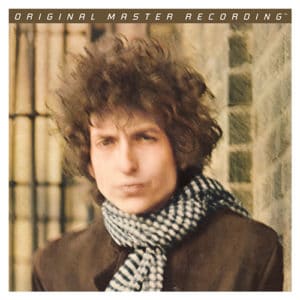
 5
5
